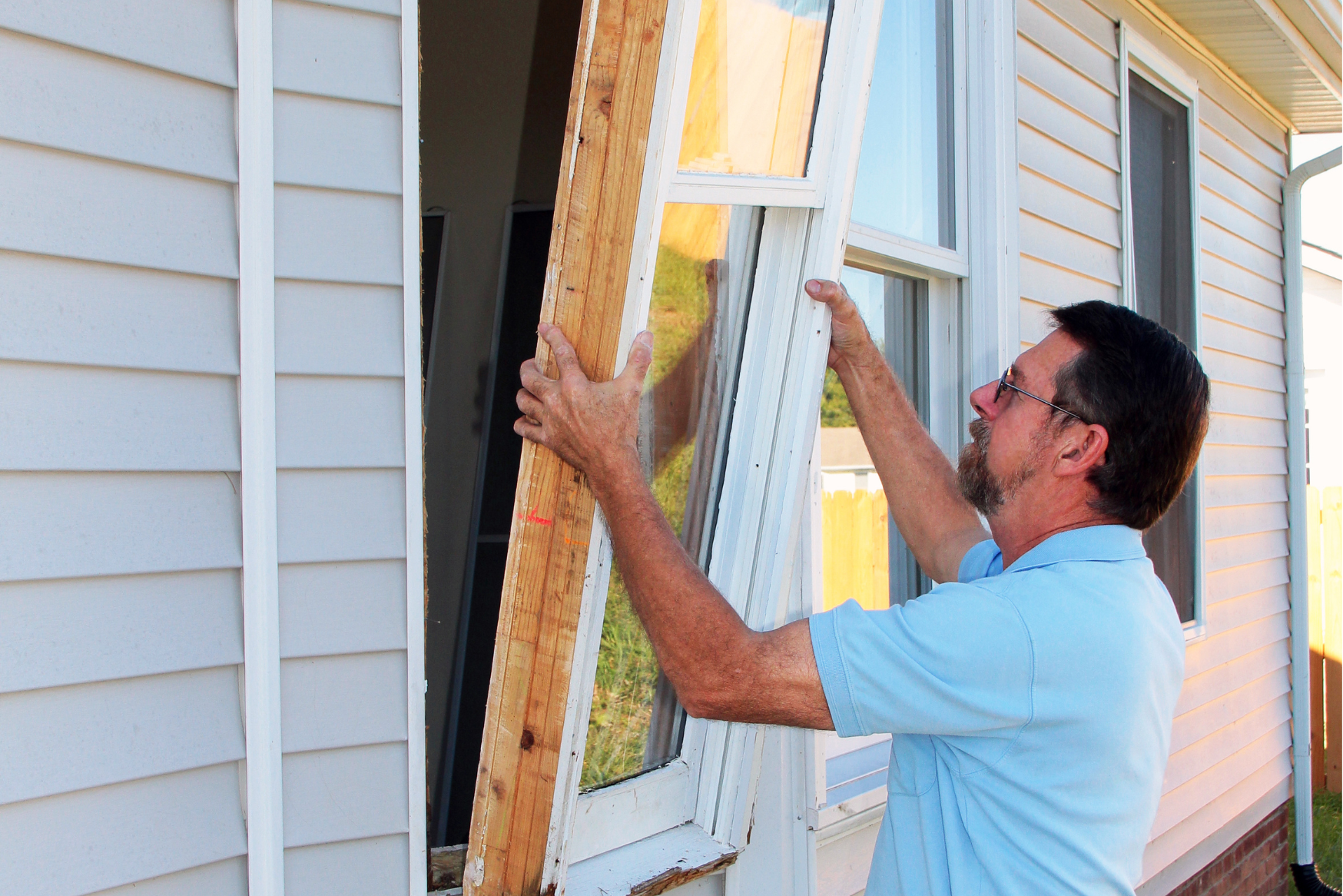
When are short mission trips dead ends?
By Anna McShane — “I started taking my malaria medicine this morning for our missions trip,” our pastor said the other Sunday. “I got all my shots and when I worked out at the gym, I knew where every single needle hit me!”
Short-term mission trips are not new to this man. He gets his inoculations, he goes and serves, he encourages, and he brings back fresh global perspective to stimulate his congregation. Short-term missions should be two-way communication, not a one-way street.
But what if short-term trips are terminal? Dead ends that just inoculate against long-term missions?
As mobilizers with SEND International, my husband and I talk with scores of Christian college students each year. We ask them, “Do you have any interest in missions?” “Oh, yes,” they say. “I did a missions trip to XYZ when I was in high school. It was awesome.” Awesome? Interesting, surely, but awesome? Doesn’t awesome involve life change?
Why go, I ponder, if you don’t return with a deep burden for the lost of the world, for the missionaries who live every day in another language and culture, and the orphans who see short-term missionaries every year, but have few long-term solutions to their problems.
My concern is that short-term can be “awesome” if done well, but can also be counterproductive if done poorly. When does short-term fall short?
1. Too young
If we ship short-termers overseas when they are too young to process the experience, we risk inoculating them against any further involvement. They have done it already – why go again?
What’s too young? Even late high school may be too young for overseas unless the team includes enough adults to help the teens interpret daily what they see and learn. Teens can engage in valuable cross-cultural ministry close to home with no need for a passport or expensive ticket.
2. Too little connection
We cheat short-term missionaries if we send them places where they will never again connect. The younger the team, the more they need to work with long-term missionaries they will see again in their home church, whose names and faces will be an ongoing part of their lives.
The other side of connection is that the long-term missionary and ministry need to clearly demonstrate that they want these short-term workers and will effectively use them. The value of the experience may hang on how well the short-termer connected with the missionary and not just the “job.”
3. Too little training
We do all short-termers a disservice if we neglect intense cross-cultural training and team building before they go and mind-changing debrief when they return. It is this element that helps short-termers process their experience and understand their next steps. This is the piece that helps them see if God wants them in missions long term. And if God doesn’t want them overseas, it will superglue a burden for the world to those who will continue to serve as global Christians in their local church.
Given these caveats, short-term missions can bring good value to the long-term missionary. Short-termers can open doors, knock out projects and enhance the missionary’s credibility.
Bob placed college exchange students in wealthy Paraguayan homes to improve their English, bonding Bob to those families for long-term evangelism. Church teams in Russia have erected scores of “quick-build” churches that make new church plants viable entities in their town. Sports clinics in Spain put missionaries in the home of every child enrolled. English camps staffed with short-termers in Poland and Czech Republic have captured the hearts of godless people now coming to Bible classes.
Long-term missionaries know how to creatively use the skills brought by short-termers, and those workers bring fresh, highly visible faces to the long-term ministry area.
Short-term missions that are done well yield lasting fruit for the short-term worker, the home church, and the missionary. But at the same time, we must make sure they don’t inoculate the short-termer against future heart, mind, and pocket involvement in missions. In a world of instant gratification, short-term missions should not become just another “extreme” experience to share on social media, along with skydiving and mud wrestling.
- Find out how you can serve short-term with SEND.
- Explore short mission trips
through SEND.
- Find a missions internship.
- Subscribe to Explore
, our free monthly newsletter full of inspiration, ideas, and encouragement for people interested in discovering their role in cross-cultural missions.
A version of this article first appeared in Pulse in February 2004.
Additional Posts





